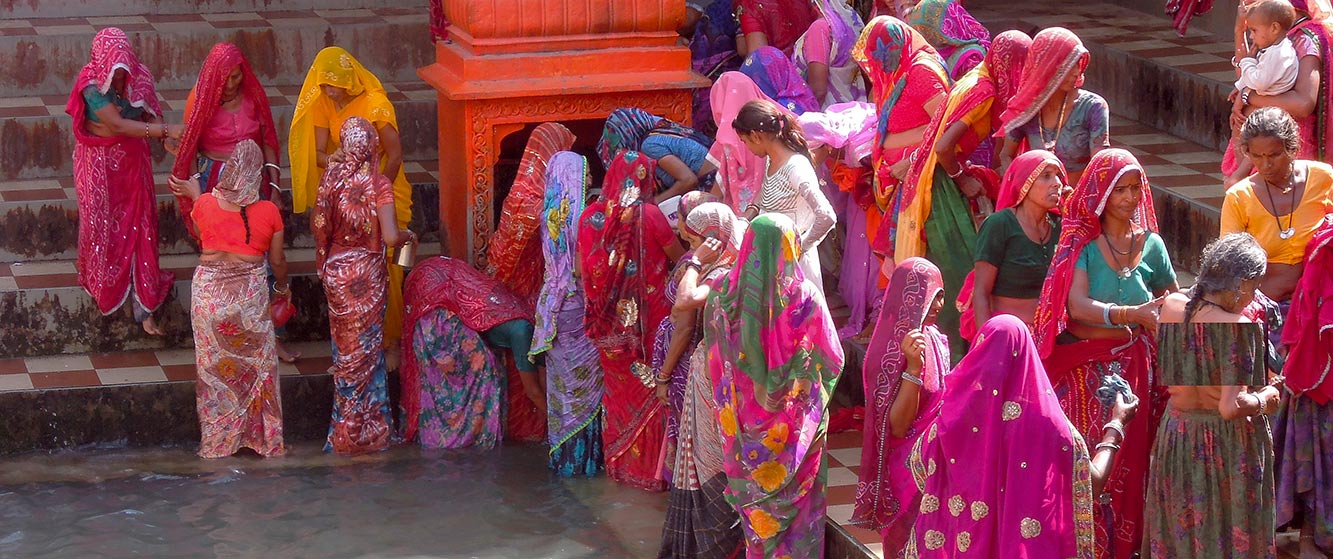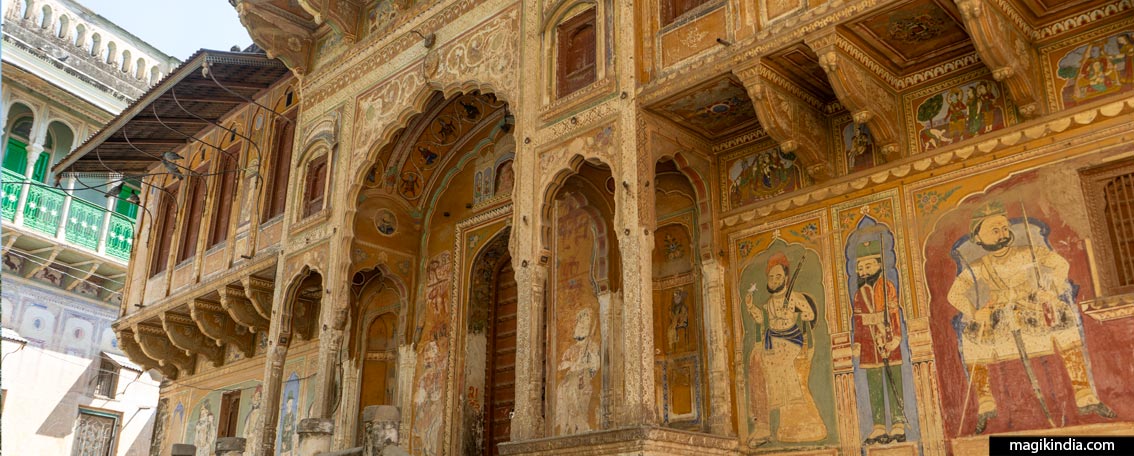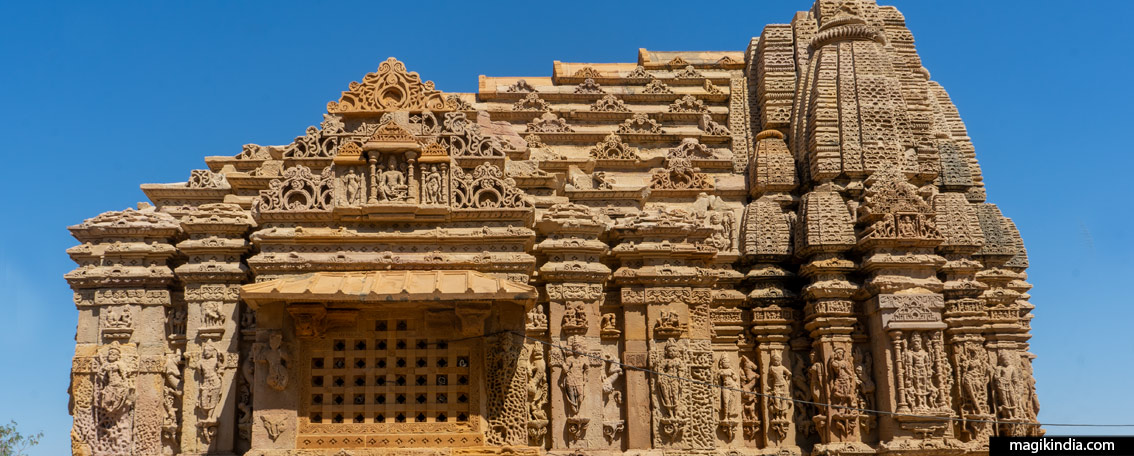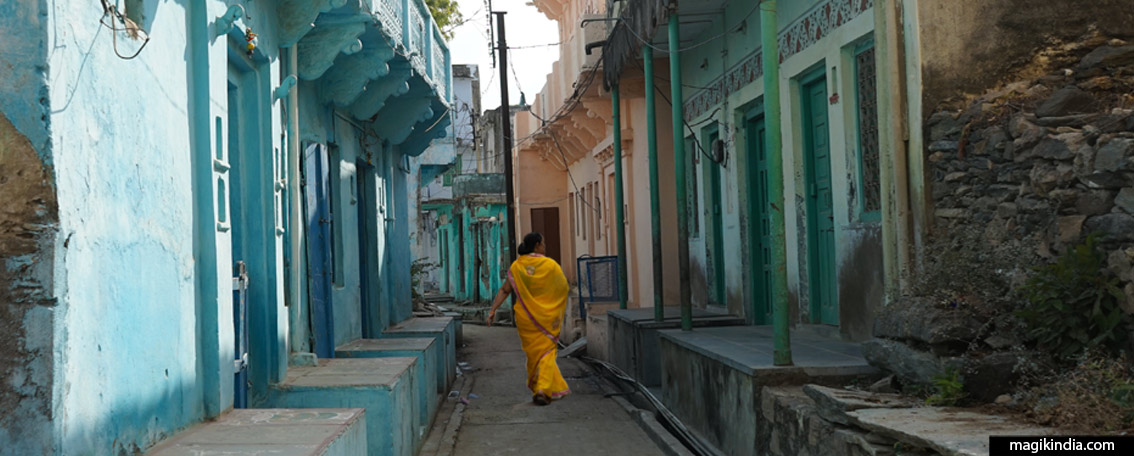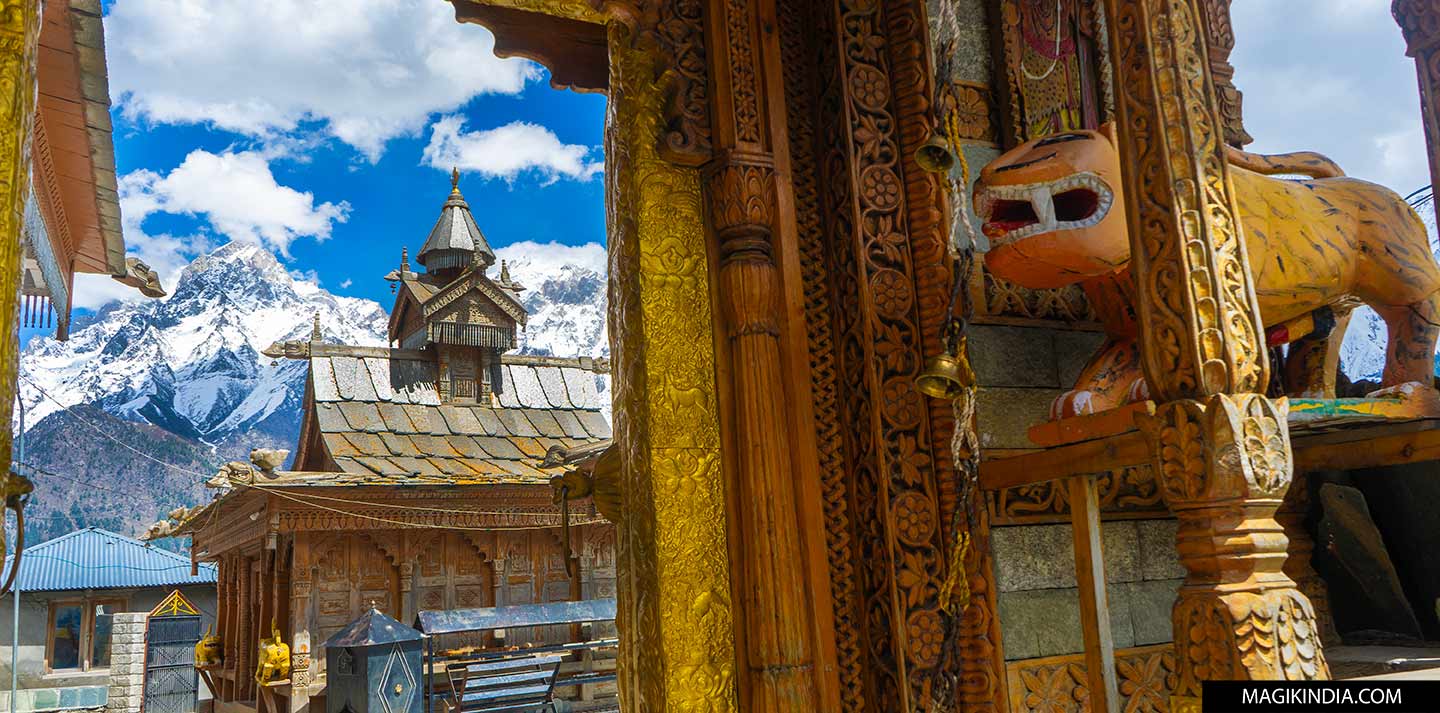
Narayan Nagini, the spiritual treasure of Kalpa
Nestled in the heart of the unspoiled Kinnaur Valley (Himachal Pradesh), the Narayan Nagini Temple in Kalpa is much more than just a place of worship; it is a reflection of the unique local culture, where Hindu and Buddhist traditions blend harmoniously. Rooted in mythology and legend, this century-year-old wooden temple embodies the spiritual soul of the Kinnauri people, whose customs are deeply connected to nature and the region’s protective deities.
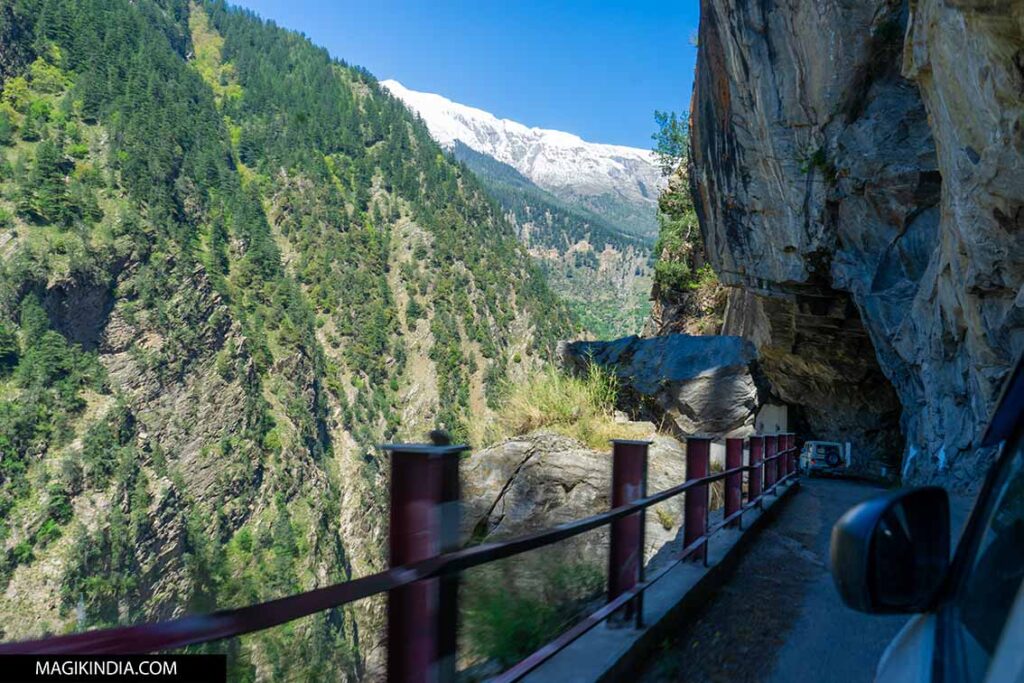
The Kinnaur region is my favorite destination in the Himalayas. Due to its rugged terrain and sometimes treacherous roads, Kinnaur is a largely unspoiled destination. It shares its eastern border with Tibet, giving it a unique blend of Hindu and Buddhist cultures. The landscapes are breathtakingly beautiful, with lush green valleys, endless apple orchards, high-altitude deserts, and snow-capped peaks, including the majestic Kinnaur Kailash, a sacred site for Hindus.
Kalpa, a paradise in the heart of the Himalayas
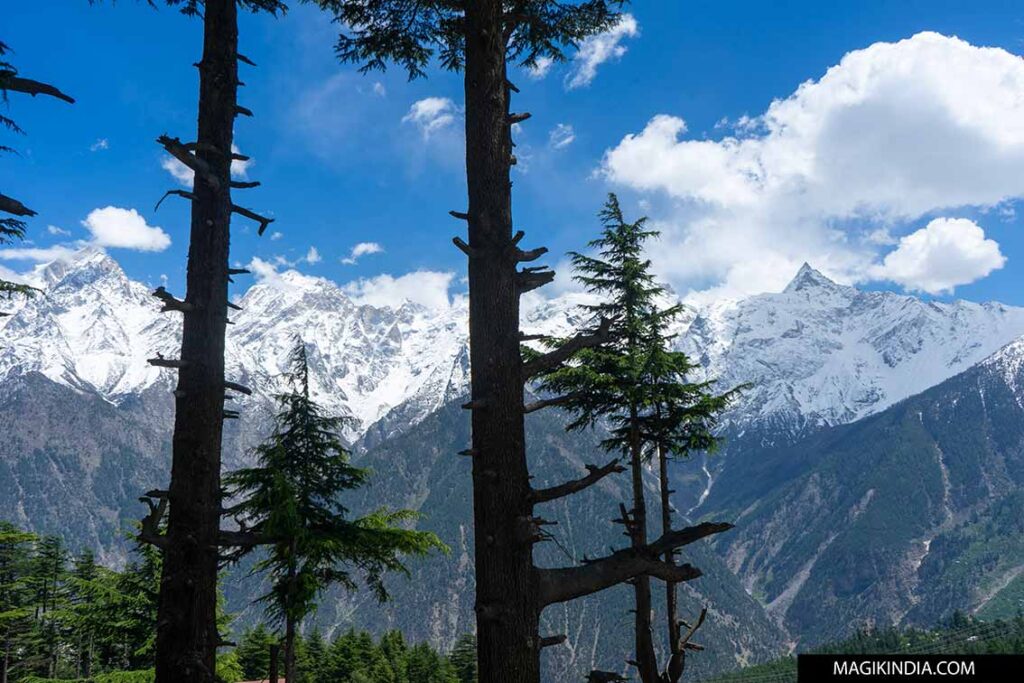
Nestled at an altitude of 2,759 meters, Kalpa is a spectacular village offering breathtaking views of the Kinnaur Kailash range. The focal point is the sacred peak of Kinnaur Kailash (6,050 m), where the Shiva Lingam, a vertical rock formation whose colors change with the daylight, sits enthroned.
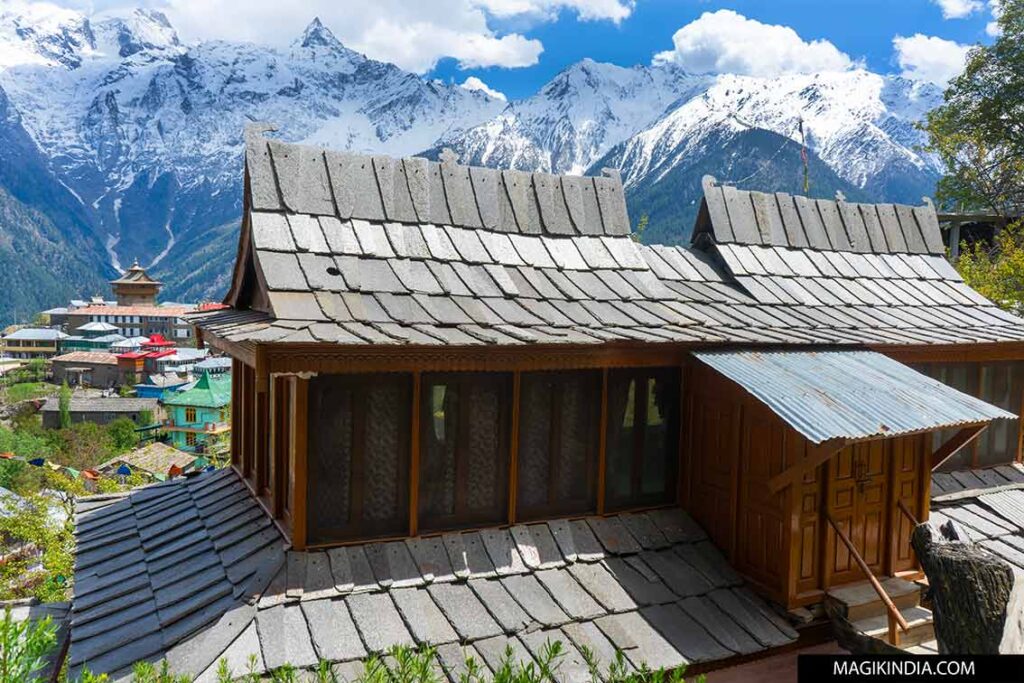
The culture of Kalpa is a captivating blend of Hindu and Buddhist traditions, reflecting the rich heritage of Kinnaur. This diversity is evident in its many temples and monasteries, including the magnificent Narayan Nagini Temple.
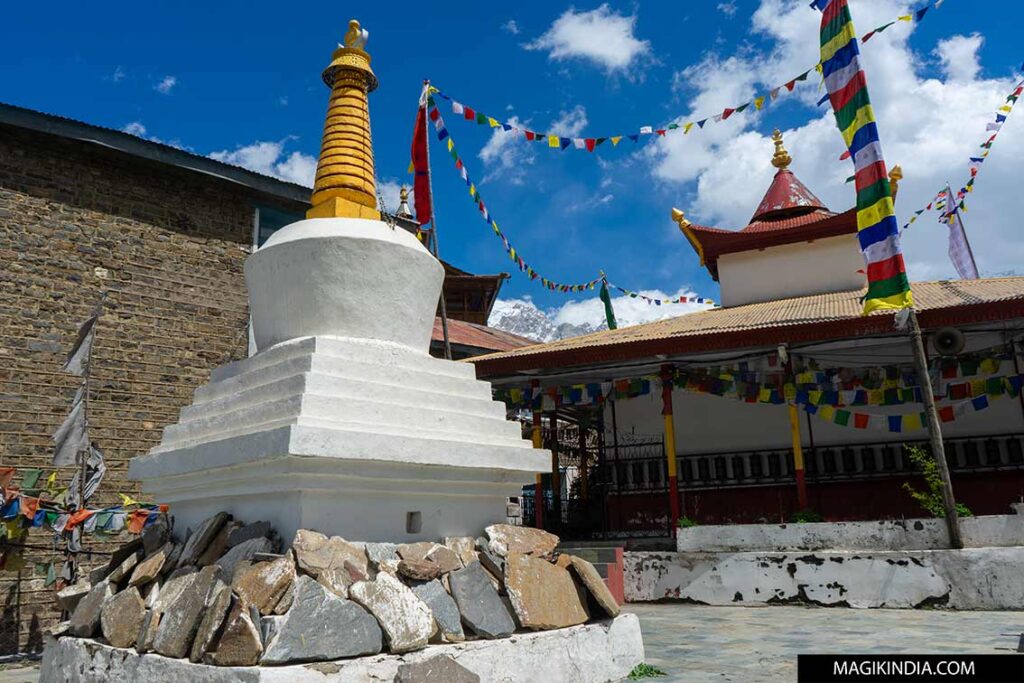
Narayan Nagini temple
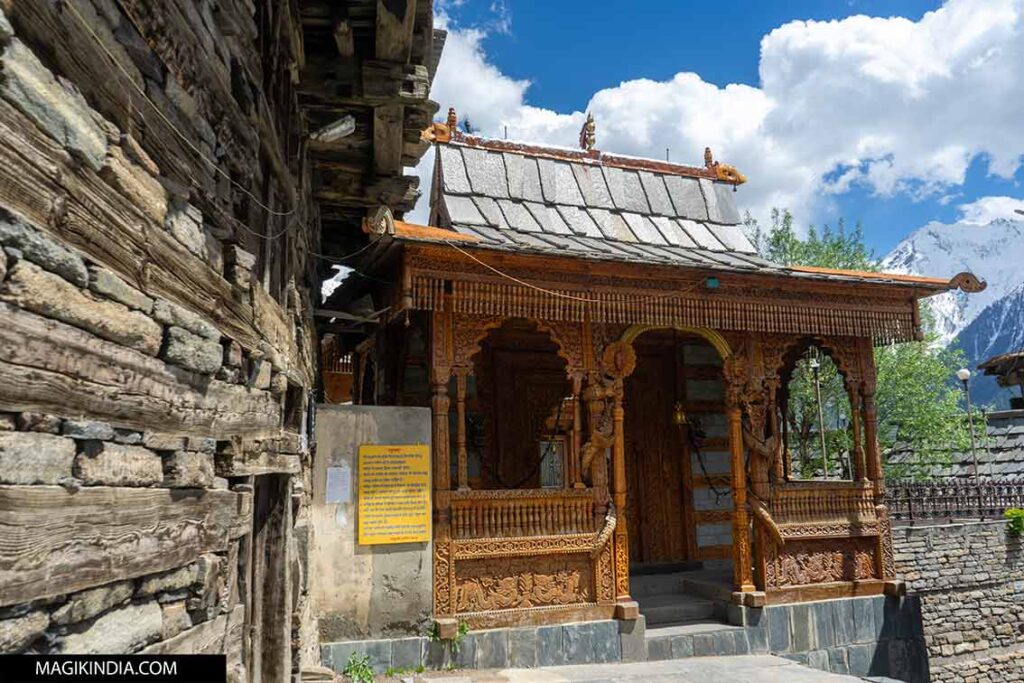
Located in the center of Kalpa village, the Narayan Nagini Temple is an ancient structure of uncertain origin. It is believed to have been built by the early Kinnauri kings, but its date of construction is unknown and few details about it are available.
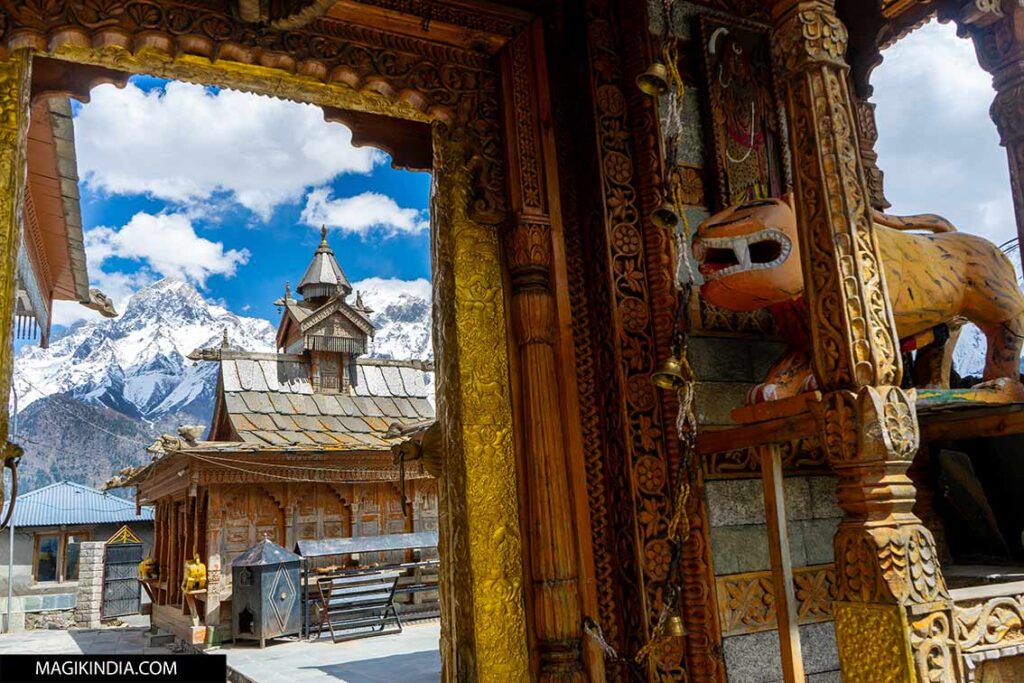
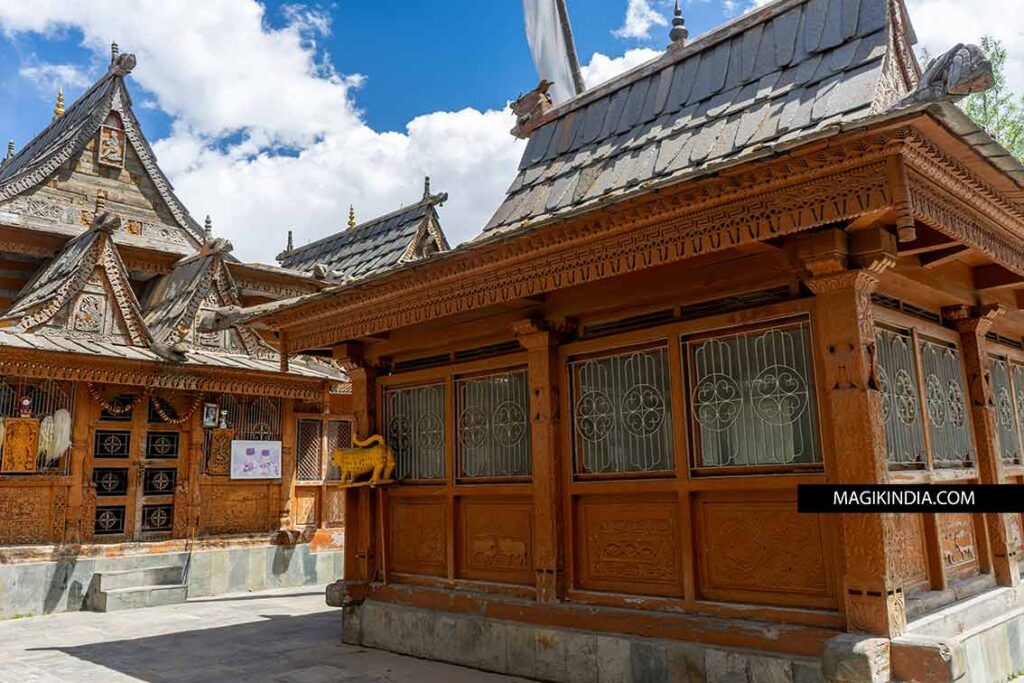
The temple is known to honor two main deities. The first is Lord Narayan, a manifestation of Vishnu, revered as the guardian of the universe. The second is Nagini, a serpent goddess highly respected in Kinnauri customs, who embodies nature, fertility, rain, and protection from evil forces.
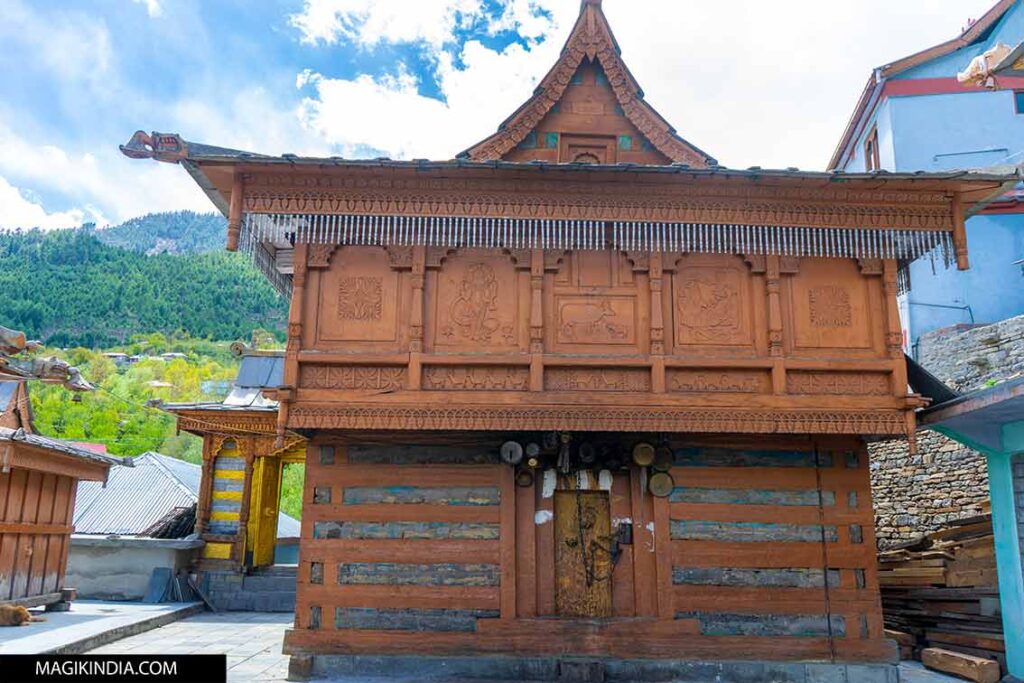
According to legend, the village of Kalpa was once under the protection of the powerful Nagini Devi. She lived in the forests and streams of the mountain, and the locals worshipped her as the guardian of the earth, capable of bringing rain for crops, prosperity, and protection from evil forces.
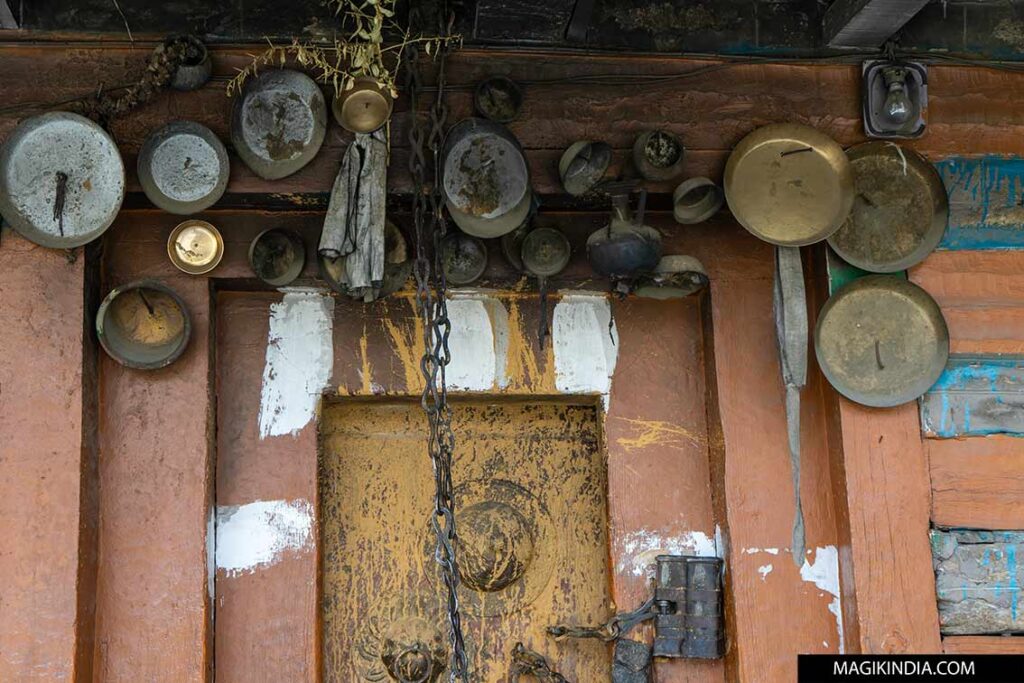
Over time, as the people of Kalpa encountered new difficulties, Lord Narayan is said to have descended from the heavens to help them. He joined forces with Nagini Devi to protect the region and maintain balance and order.
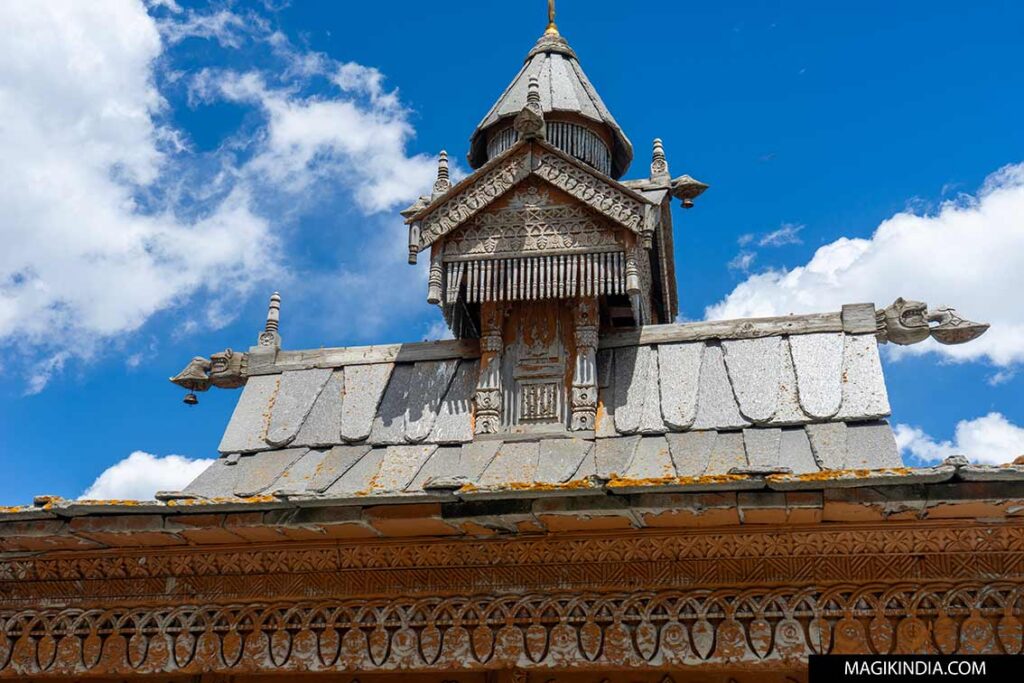
However, this legendary story omits one important detail: the temple was originally dedicated to the goddess Chandika. The two tiger statues guarding the temple’s entrance, along with other symbols inside, are clear evidence of this. These felines are traditional emblems of Chandika, a ferocious form of Durga, suggesting a transition in the dedication of the place over time.
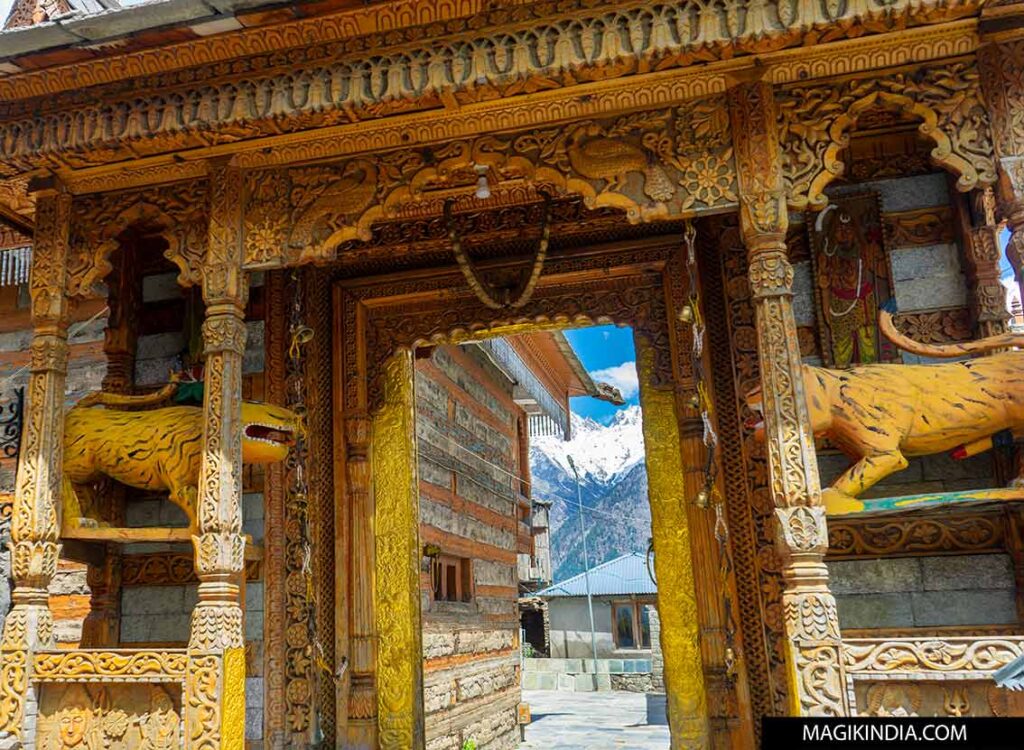
The temple’s architecture is simply breathtaking. It is a perfect example of the Kinnauri style, using the traditional Kath-Kuni building technique. This ancient method involves interlocking layers of wood and stone without using mortar, creating a structure that is both magnificent and incredibly earthquake-resistant.
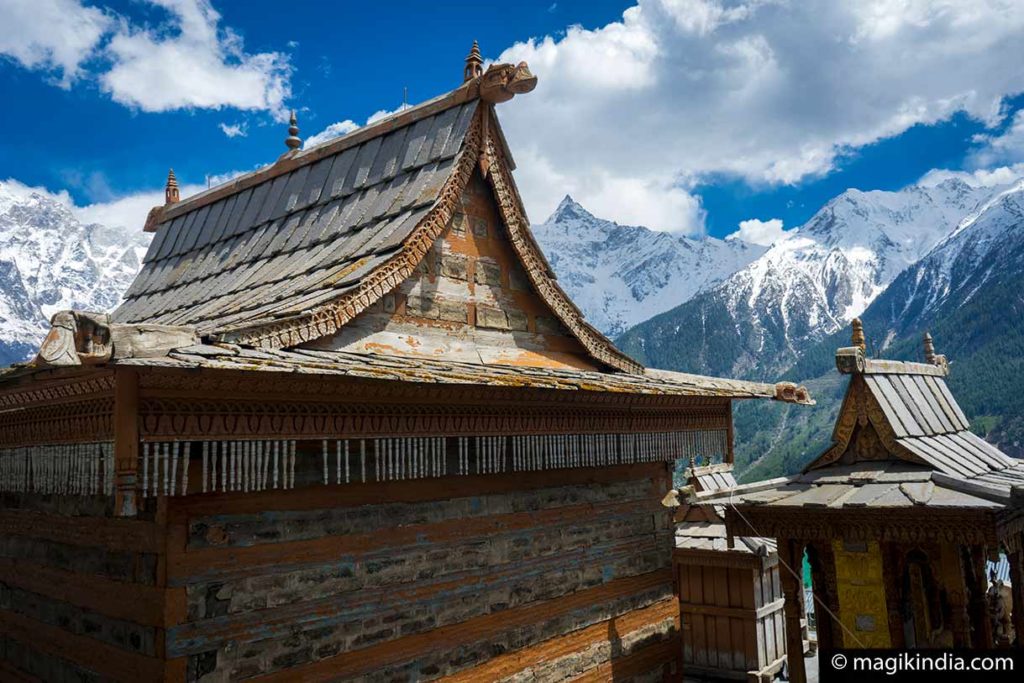
The temple complex consists of several structures, including the main sanctuary (garbhagriha), which is accessible only to worshippers. Its architecture is a striking blend of styles, marked by multi-tiered pagoda-like roofs typical of Buddhism. The wooden beams, adorned with exquisite dragon carvings—symbols of wisdom and strength—recall the region’s artistic and spiritual heritage.
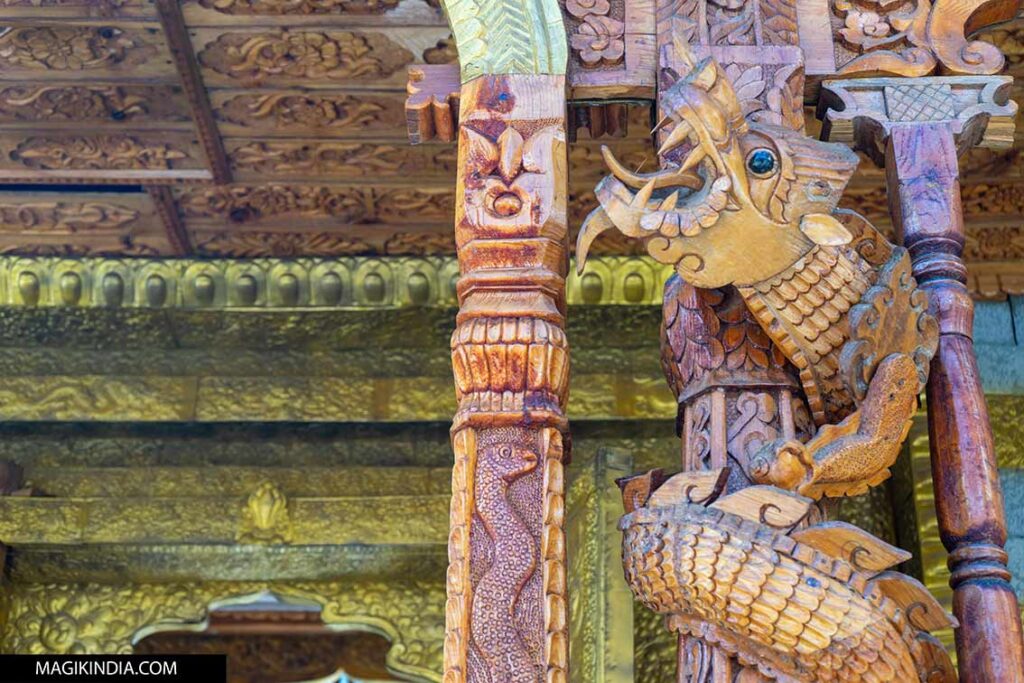
The temple occupies a central and vital place in the lives of the inhabitants of Kalpa. More than just a place of worship, it is a true cultural institution. The temple’s priests serve as oracles called “mali” or “gur.” Their decisions, issued by the deities, are taken seriously and respected with the greatest veneration by the local population.
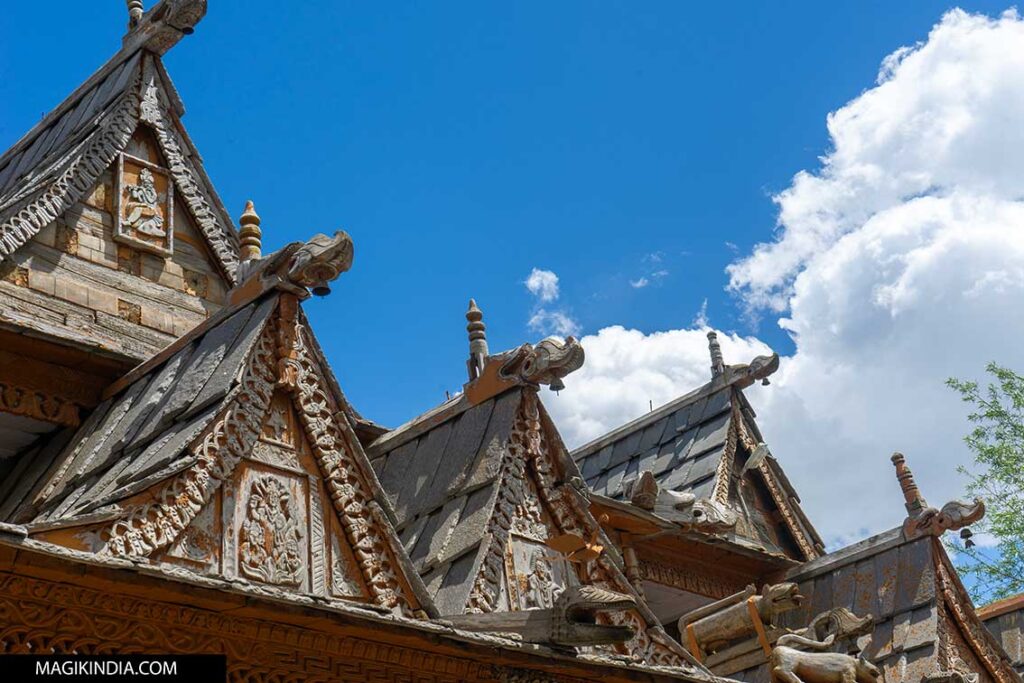
During the celebrations, local deities (“devtas” or “devis”) are carried on palanquins (“Jbaan”). The processions are colorful events, punctuated by traditional dances and the haunting sounds of the narsingha (bent trumpet) and the dhol (drum).
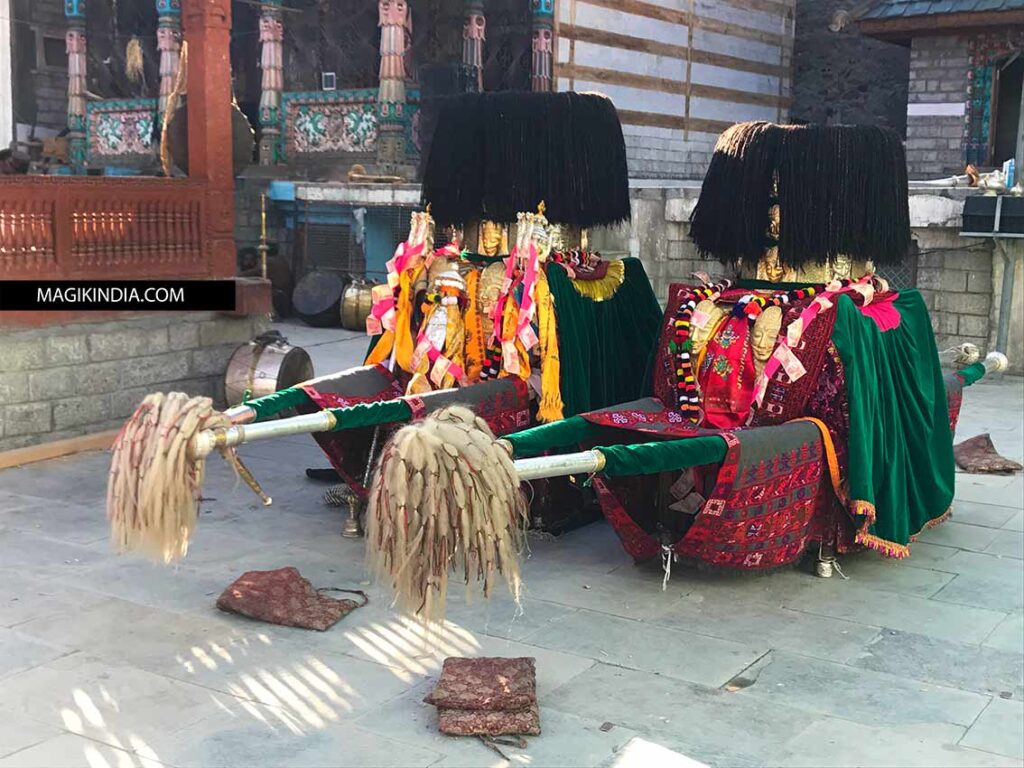
Practical advice for the traveler
- Best time to visit Kalpa:
- From May to August: the weather is pleasant, ideal for tourism.
- From September to October: the weather is cool, it is the time of the flower festival (Fulaich)
- From November onwards, snow arrives and roads are sometimes blocked.
- How to get there: Kalpa is only accessible by road from Shimla or via the Spiti Valley. The road is scenic but winding, and it is recommended to travel during the day.
- Accommodation: The village offers a wide range of guest houses and 3* hotels, offering stunning views of Kinnaur Kailash.
TRAVEL WITH US IN KINNAUR



